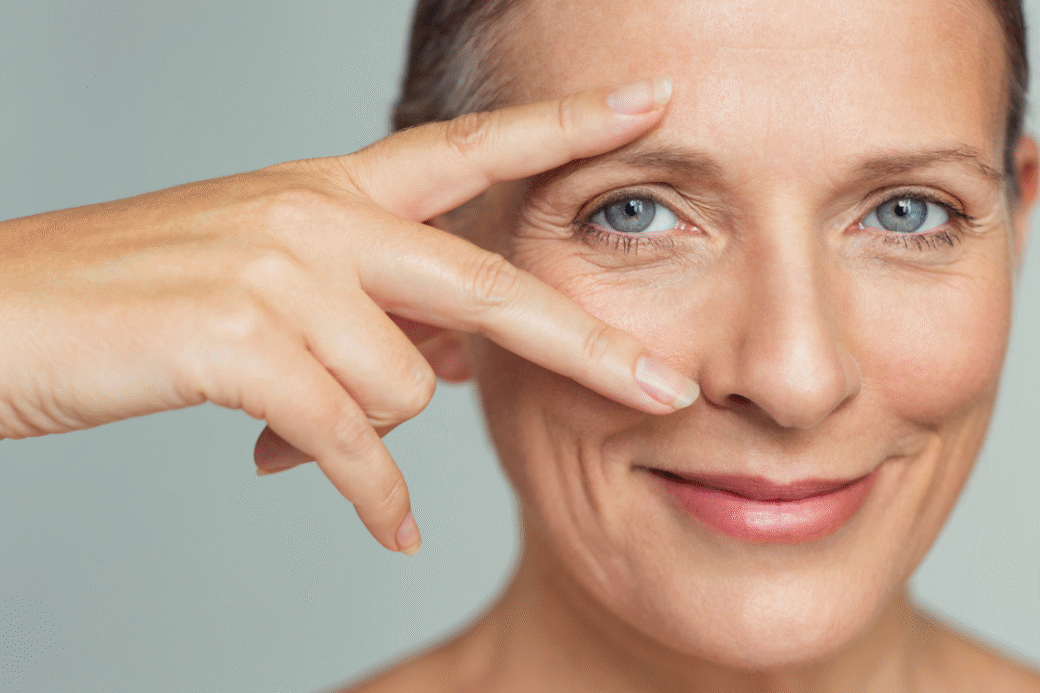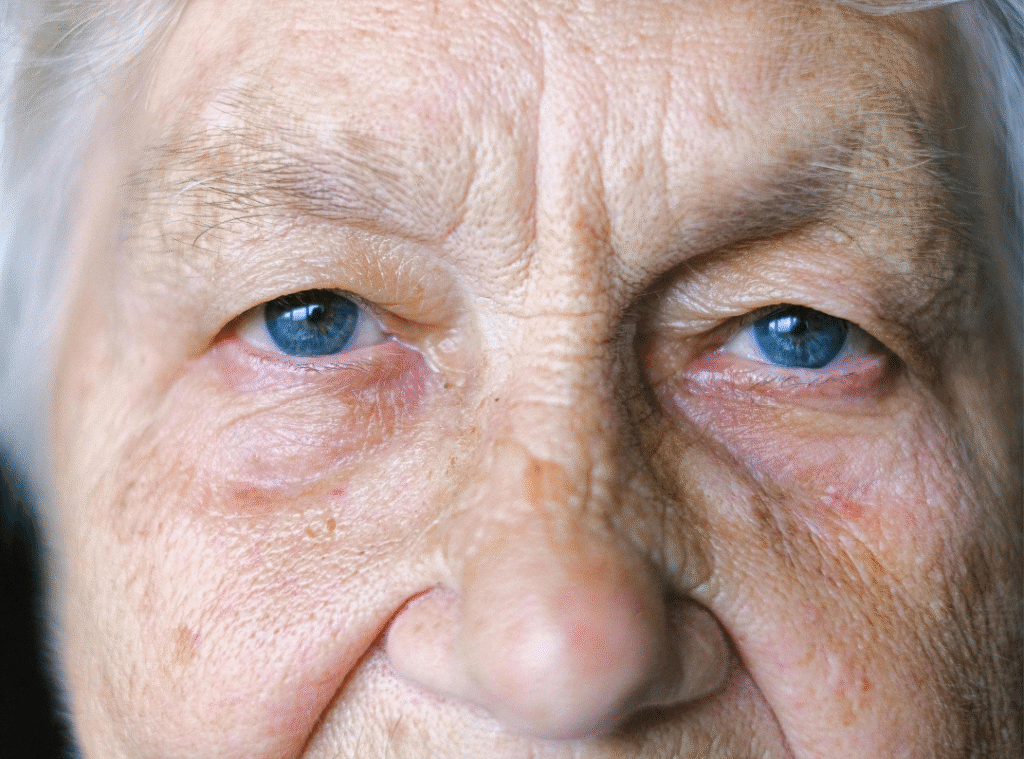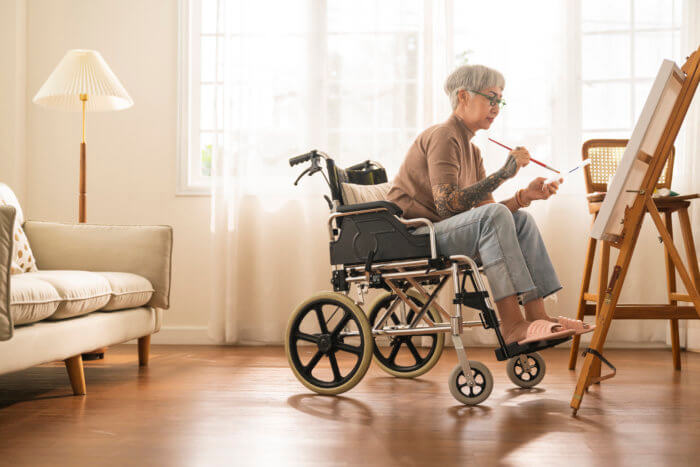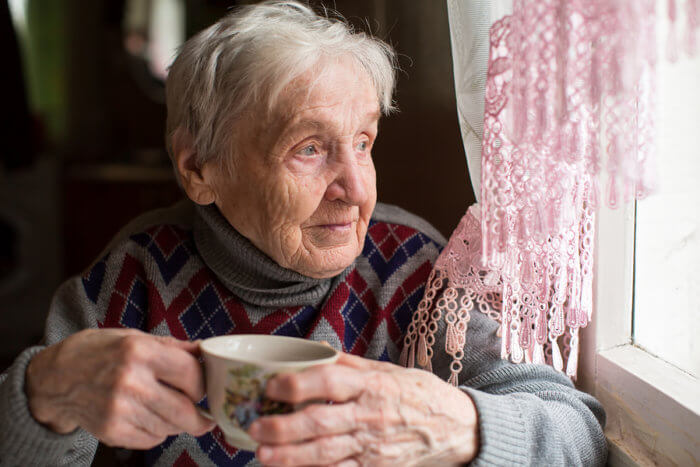Why Aging Eyes Need More Light for Daily Clarity

As we age, our vision needs evolve—especially when it comes to lighting. Why aging eyes need more light isn’t just a matter of preference; it’s a biological necessity. Aging affects the eye’s ability to focus, adjust to darkness, and distinguish contrast, all of which make proper lighting vital for comfort, clarity, and safety.
Understanding how vision changes over time allows you to make effective adjustments in your home and daily routine. From increasing brightness levels to exploring natural remedies and vision aids, the right strategies can help maintain independence and reduce strain. Let’s explore the signs, solutions, and science behind these changes—and why addressing them early is so important.
For additional guidance, visit MD Senior Living, a trusted provider in senior care and wellness.
Common Vision Changes in Middle Age
As you enter your 40s, you’ll likely notice a few changes in your vision. One of the most common is presbyopia, the inability to focus on nearby objects. You may find yourself holding your phone or book farther away to read clearly—one of the earliest signs of aging eyes.
This change stems from a loss of lens flexibility, making it harder to switch focus between distances. While these changes are natural, they are not something you have to simply live with. Tools like bifocals, magnifiers, or multifocal contact lenses can help restore clarity.
It’s also helpful to increase task lighting, especially while reading or doing close-up work. Learn more about improving visibility by checking out lighting for vision.
The Importance of Regular Eye Examinations
While some vision changes are expected with age, that doesn’t mean you should skip regular check-ups. In fact, comprehensive eye exams become even more critical after age 40. These exams detect early signs of serious conditions like cataracts, glaucoma, and macular degeneration—many of which progress silently.
Scheduling exams every two years is the minimum recommendation, but those with diabetes or a family history of eye disease may need more frequent visits. Staying proactive helps detect problems early and allows for timely intervention.
Make sure your assisted living community supports easy access to eye care specialists, so you never miss a critical appointment.
Age-Related Vision Changes and Their Impact
Once you’re in your 50s and 60s, you may notice it takes longer for your eyes to adjust when moving between light and dark environments. This delayed adaptation is another reason why aging eyes need more light—your pupils become less responsive and your retinas less efficient.
Common signs of aging eyes include:
- Difficulty seeing in dim lighting
- Increased sensitivity to glare
- Needing more time to refocus
- Dryness or frequent irritation
To combat these effects, many experts recommend maintaining a diet rich in omega-3 fatty acids, lutein, and vitamins A, C, and E. These nutrients can help strengthen the eyes and even play a role in how to reverse aging eyesight through better internal support.
Stay on top of these changes by reading more about age-related eye diseases.

Increased Light Requirements for Older Adults
Did you know seniors over 70 need nearly three times the light that young adults do to see clearly?
| Age Group | Light Requirement (Lux) |
| 20-30 | 100-200 |
| 40-50 | 200-300 |
| 60-70 | 300-500 |
| 70+ | 500-800 |
| With Vision Issues | 800-1000 |
This increased need is a key reason why aging eyes need more light—the aging lens and retina simply don’t capture or process light as efficiently. Seniors often feel safer and more comfortable in well-lit spaces, especially when completing tasks like cooking or reading.
For better vision and overall well-being, it’s essential to pair bright lighting with nutrient-dense meals to support eye health from the inside out.
Home Adjustments to Enhance Visibility
If you’re wondering how to reverse aging eyes naturally, making environmental changes is a great place to start. Here are a few simple yet effective tips:
- Use daylight-spectrum bulbs to mimic natural sunlight
- Install task lighting near reading chairs, bathroom mirrors, and kitchen counters
- Opt for adjustable lighting via dimmer switches
- Remove clutter to reduce tripping hazards
- Use nightlights in hallways and bathrooms
Tools like magnifying lenses, high-contrast clocks, and large-print books can also help those experiencing signs of aging eyes. Improving your environment is one of the best ways to increase comfort and reduce eye strain.
A clean, safe home also supports respiratory and immune health. Explore these tips for healthy senior living.
Eye Care Services for Aging Eyes
Having access to tailored vision services ensures aging adults can maintain their quality of life. From basic vision screenings to advanced procedures, professional care plays a vital role in managing long-term vision changes.
Some services that may benefit aging adults include:
- Annual eye exams
- Prescription lenses or contact lenses
- Cataract surgery consultations
- Vision therapy for tracking and focusing
- Nutritional counseling for ocular health
Staying proactive with these services can even lead some people to experience the phenomenon of “why is my vision improving with age”—often due to evolving refractive errors or early cataract changes that sharpen near vision temporarily. However, any such improvement should still be evaluated by an eye care professional.
Supporting Natural Eye Health
Many people are turning to holistic methods to learn how to reverse aging eyes naturally. While aging is inevitable, the progression of vision loss can be slowed with the right strategies.
Here are a few holistic steps to support aging eyes:
- Eat more leafy greens and fish rich in omega-3s
- Stay hydrated to support tear production
- Wear UV-protection sunglasses outdoors
- Do daily eye exercises to improve flexibility and focus
- Reduce screen time and take breaks using the 20-20-20 rule
Scientific research from the National Eye Institute supports the impact of lifestyle and nutrition on long-term eye health, including ways to manage macular degeneration and cataracts naturally.
Another great resource is the American Academy of Ophthalmology, which offers helpful tips on protecting vision as you age.
Take Charge of Your Eye Health Today
As you grow older, understanding why aging eyes need more light is the first step in taking control of your visual comfort and independence. From making small home adjustments to prioritizing proper nutrition and regular exams, your eyes can stay healthy and vibrant well into your golden years.
Whether you’re noticing signs of aging eyes or curious about how to reverse aging eyesight, taking action now will pay off in the long run. Some even find that unexpected improvements in vision lead them to wonder, “Why is my vision improving with age?”—a phenomenon that should always be explored with your eye care provider.
Don’t wait until symptoms worsen. Schedule a consultation or tour with MD Senior Living today, or call 480-418-9150 to explore how we support vision care in our communities.
Frequently Asked Questions
Why do aging eyes need more light?
As people age, the lenses in their eyes become less flexible and more yellowed, making it harder to process light efficiently. This means the eyes require more brightness to see clearly, especially when reading or doing detailed tasks. The pupils also shrink, reducing the amount of light that enters the eye. Brighter lighting helps improve clarity and reduces eye strain for older adults.
Why do old people need higher light levels?
Older adults often need higher light levels because the eye’s ability to adjust to changes in lighting decreases over time. The reduced pupil size and cloudier lenses make it difficult for the eyes to capture enough light. As a result, dim environments can feel much darker to seniors than to younger people. Increasing light levels enhances visibility, improves safety, and supports daily activities.
Why do older people’s eyes get lighter?
In some cases, older people may notice their eyes appear lighter due to changes in pigmentation of the iris. Over time, the density of pigment cells can decrease, making the eyes look paler or bluer. This is more common in people with lighter-colored eyes, but it can occur in anyone. These changes are generally harmless but reflect the natural aging process of the eye.
What effect does aging have on the eyes?
Aging affects the eyes in many ways, including reduced sharpness of vision, increased sensitivity to glare, and slower adjustment to different light levels. Common age-related conditions include presbyopia, cataracts, glaucoma, and macular degeneration. The eye’s lens also stiffens, making it harder to focus on close objects. Regular eye exams and proper lighting can help manage these changes and support long-term eye health.






Leave a Comment